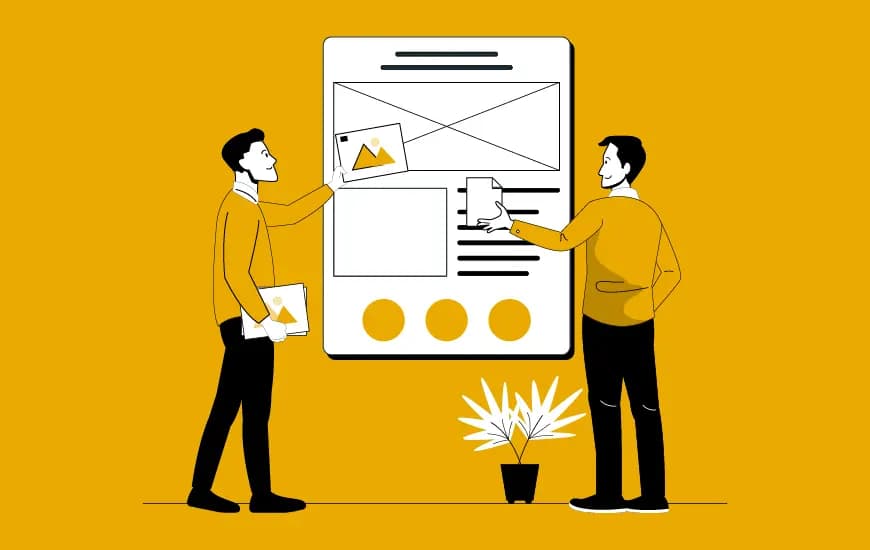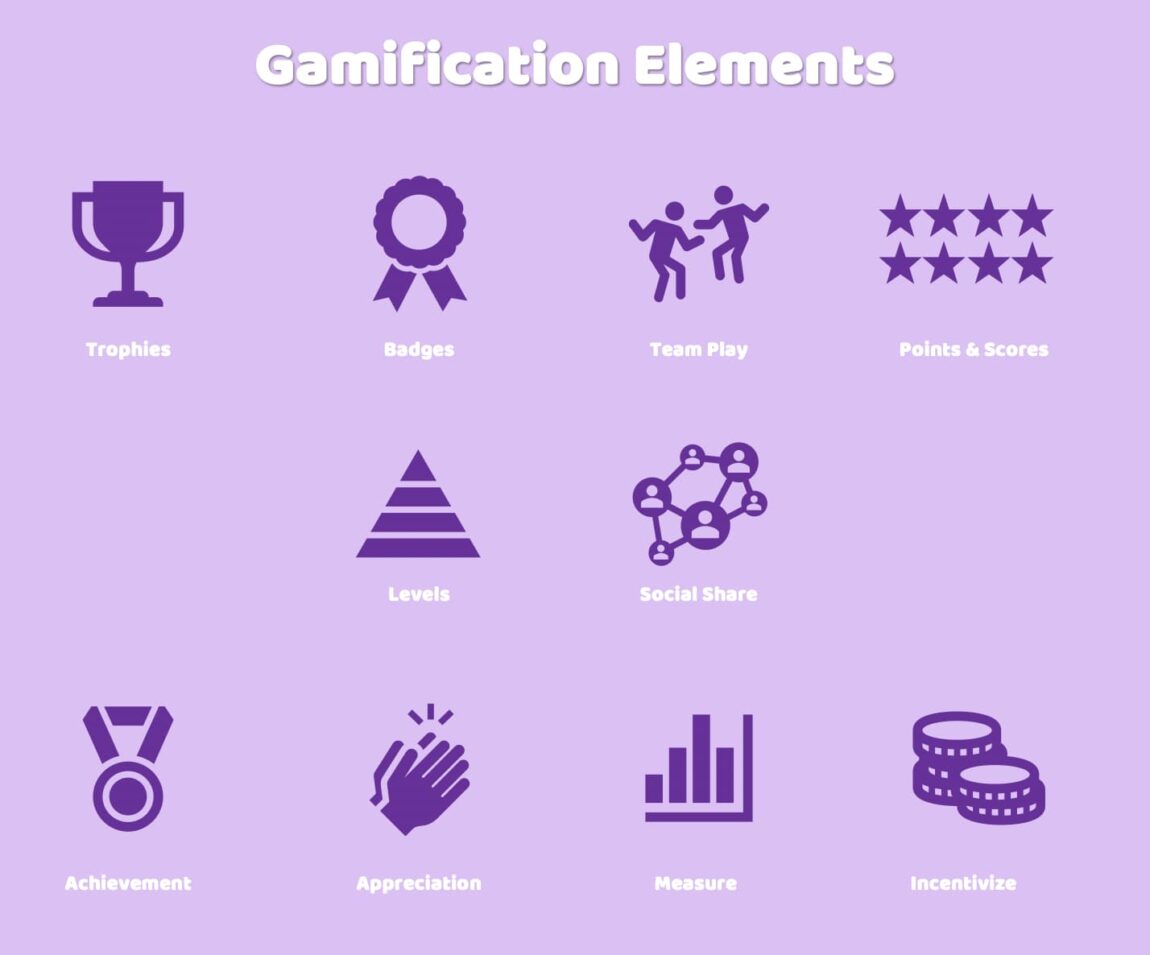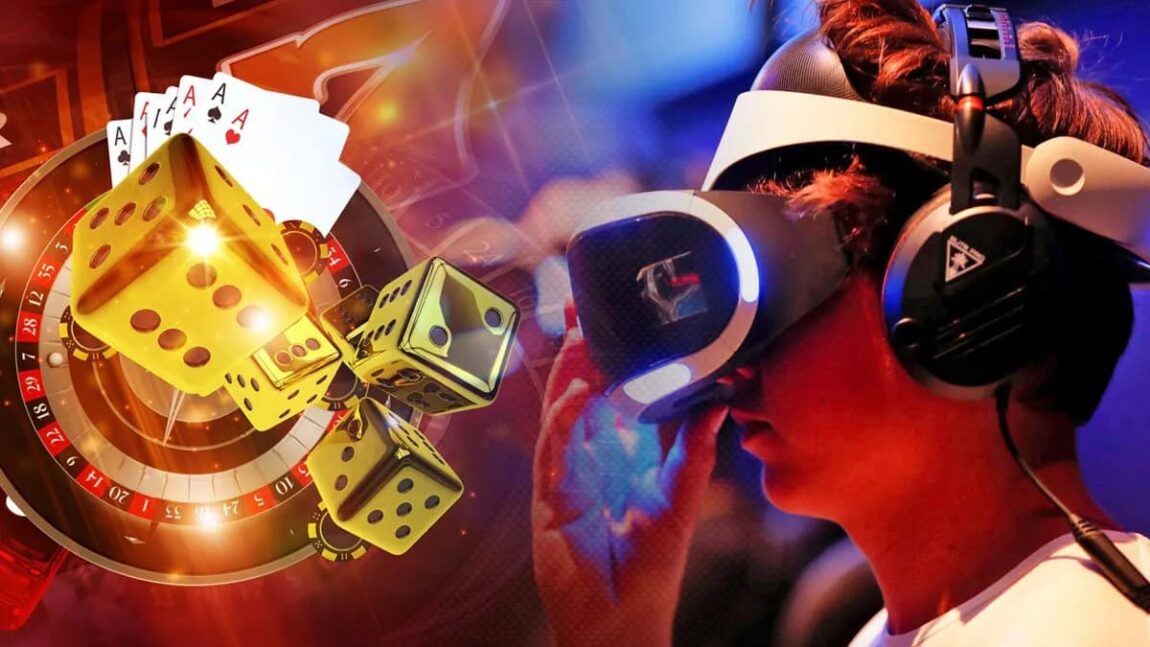
Introduction: The Essence of Emotion Design in UX/UI
“Projektowanie emocjonalne w Polskie kasyna online jest kluczowe dla angażowania użytkowników i zwiększania ich lojalności,” shares a seasoned Polish UX designer, emphasizing the critical role of emotional design in enhancing user engagement and loyalty, particularly in the context of online casinos. This insight sets the stage for our exploration into how emotion design in UX/UI can be a game-changer in digital experience creation.
Deep Dive into Emotion Design
Emotion design in UX/UI is not merely about aesthetics; it’s about creating experiences that resonate on a deeper emotional level with users. This approach can significantly influence user behavior, driving engagement, satisfaction, and loyalty. By tapping into the emotional aspect, designers can craft experiences that not only meet users’ functional needs but also connect with them emotionally, making the interaction more memorable and meaningful.
User-Centric Emotion Design: A Strategy for Engagement
Understanding the user’s emotional journey is paramount in emotion design. This involves comprehensive research and analysis to identify the users’ emotional drivers, pain points, and moments of delight. Personas and empathy maps become invaluable tools in this process, enabling designers to step into the users’ shoes and design with their emotional needs in mind.
Emotional Triggers in Design
Leveraging emotional triggers in design involves the strategic use of visual and interactive elements to evoke specific emotional responses. Whether it’s the joy triggered by a well-timed animation or the sense of achievement from completing a task, these triggers can significantly enhance the user’s emotional experience.
Color Psychology in UX/UI Design
Color is a powerful tool in evoking emotions. Each color can trigger different emotional responses, and understanding color psychology allows designers to use color strategically to influence users’ feelings and behaviors. For example, blue can evoke trust and security, while orange might inspire action and enthusiasm.

Typography and Imagery: Conveying Emotion Through Design
The choice of typography and imagery also plays a crucial role in emotion design. The style, weight, and spacing of typography can influence how content is perceived emotionally. Similarly, imagery can be used to evoke specific feelings, helping to reinforce the desired emotional tone of the experience.
Micro-Interactions: Delightful Details in UX Design
Micro-interactions are small, yet powerful elements that can significantly impact the emotional experience. These subtle design features can surprise and delight users, contributing to a more engaging and emotionally satisfying interaction.
Designing for Emotional Impact: Best Practices
To effectively implement emotion design, UX/UI designers should follow best practices that prioritize emotional impact without sacrificing usability. This includes aligning emotional design elements with the brand’s identity, ensuring consistency across all touchpoints, and continually testing and refining based on user feedback.
Challenges in Emotion Design
While emotion design offers numerous benefits, it also presents challenges, such as balancing emotional impact with clarity and functionality. Designers must navigate these challenges to create experiences that are emotionally engaging yet intuitive and easy to use.

The Future of Emotion Design in UX/UI
As we look to the future, emotion design is set to play an increasingly pivotal role in UX/UI. Advances in technology, such as AI and machine learning, offer new opportunities to create even more personalized and emotionally resonant experiences, signaling a new frontier in emotion-driven design.
Conclusion: Harnessing the Power of Emotion in UX/UI Design
Emotion design represents a profound shift in how we approach UX/UI, moving beyond functionality to create experiences that truly resonate with users on an emotional level. By understanding and thoughtfully integrating emotional elements, designers can craft interfaces that not only serve users’ needs but also connect with them emotionally, elevating the overall experience and forging deeper connections with the digital world.